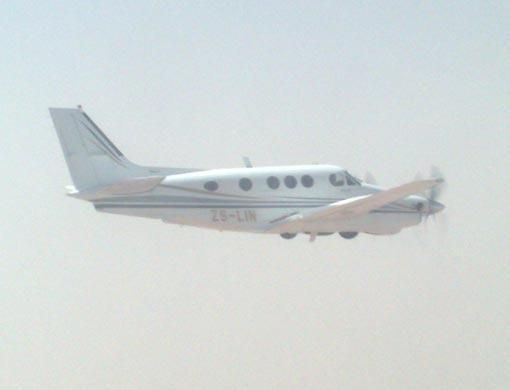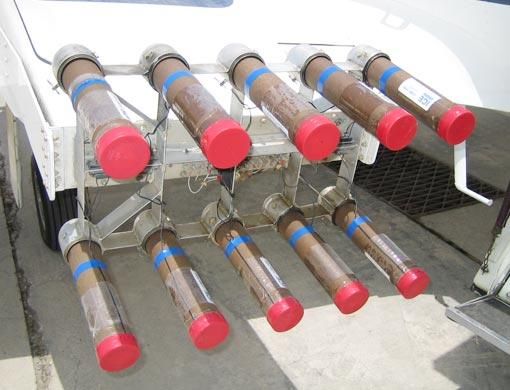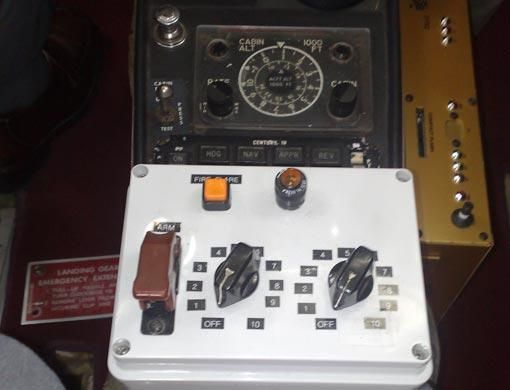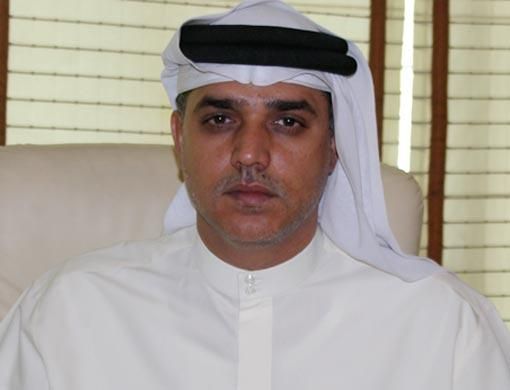Al Ain: Tuesday's thunderstorm in the western and southern parts of the emirates was a result of a cloud seeding (artificial rain) test conducted by the weather authorities.
Click here to view how the making rain through artificial means (pdf)The storm produced intermittent rain in parts of Abu Dhabi and Dubai. It was a surprising phenomenon in the late-spring month of May for the public and some weathermen.
An official of the National Centre of Meteorology and Seismology (NCMS) on Wednesday confirmed the centre had carried out cloud seeding tests on clouds that came in from southern Saudi Arabia.
Residents and weathermen were baffled by the occurrence of thunderstorms in May.
"I was amazed to hear about a thunderstorm," said a weatherman requesting anonymity.
He said it was an unusual development of CB clouds, the clouds that generate thunderstorms, as most converge over the UAE in the winter, he added.
Abdullah Ahmad Al Mandoos, Executive Director of NCMS, said the cloud seeding test was successful and more experiments would be conducted in the next three months but depending on the weather conditions.
The NCMS director said Shaikh Mansour Bin Zayed Al Nahyan, Minister of Presidential Affairs, has played a vital role in the project and has provided a plane and other facilities for its implementation.
"He gives continuous guidance," he added.
International prize
Shaikh Mansour has also encouraged scientists in cloud seeding research and announced an international prize for the best study in the field.
"This prize provided immeasurable benefits not only for science but also for many countries in the world," he said.
The centre has its own aircraft that is used for sprinkling cloud seeding salts in the moist clouds. The sprinklers are attached to the wings of the aircraft that drop the salt from a certain height on the clouds.
The project was started in 2001 by the Department of Atmospheric Studies at the Ministry of Presidential Affairs. The department has now absorbed the UAE Met Department and taken a new identity as NCMS.
The implementation of the project was started in cooperation with the National Centre of the Atmospheric Research (NCAR) in the United States, the University of the Witwatersrand, Johannesburg, South Africa, and the National Astronomy Space Agency in the United States NASA, said Al Mandoos.
A total of 200 flights were undertaken during the winter and summer of 2001. About half of the flights collected microphysical data in clouds and precipitation, with seeding trials having been performed on about half of those flights. Further studies continued during 2003 and 2004.
The studies help NCMS in developing the seeding techniques as per UAE climatic requirements to increase the rainfall, said Al Mandoos. He said the objective of the project is to enhance the national water resources, ground storage, and recycling of freshwater.
Research: Solving water problems
We dream of being able to modify the weather, especially as pearls of perspiration line brows and march down collars. It may not be such an outlandish idea if one goes by cloud seeding.
It is a science that can be used to control winds, suppress hail, dissolve fog or create rain.
Scientists have been dabbling in it since 1946, when Dr Vincent J. Shaefer conducted his first field experiments in New York. Today nearly 40 countries are working with it, foremost being China.
Rumour has it that not a cloud shall pass over Beijing Olympics opening ceremony. It also plans to use cloud seeding to clear the air pollution problem.
Some of the other countries include the United States, UK, Russia, India, Australia, Canada, Algeria, Libya, Morocco, Jordan, Syria, Iraq and Saudi Arabia.
It rains because millions of extremely tiny water droplets come together around a nuclei, which could be anything from sand, smoke, salt or dust, to form one big drop of rain.
There are two basic forms of rain - warm and cold. Warm rain is from clouds, in tropical regions, with temperatures never colder than 0C. Cold rain happens when the cloud temperatures are lower than 0C.
This is the natural process, in case of cloud seeding different types of cloud condensation nuclei are artificially introduced to accelerate the warm rain or cold rain process.
However, it can only be done if the cloud system is of the necessary size, with sufficient lifespan and has enough water saturation. Most scientists say it is all about assisting nature.
Seeding is done using flares dropped from aircrafts or shot from the ground using artillery or rockets.
One of the earliest techniques was the 'static mode' wherein silver iodide or dry ice was introduced into cold clouds. This was followed up by the 'dynamic mode', which had a greater number of silver iodide nuclei being introduced to get more rain.
You also have hygroscopic seeding that introduces salt crystals, which function as bigger nuclei to accelerate the warm rain process.
As nations look for answers to the problem of water shortage, controlled cloud seeding could be one of the key options.

















